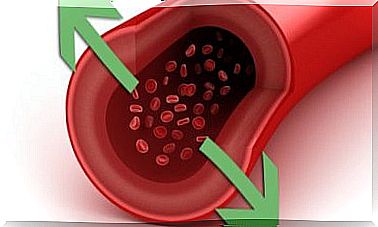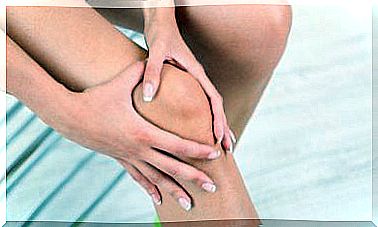Acute Pancreatitis: Symptoms, Causes And Treatment
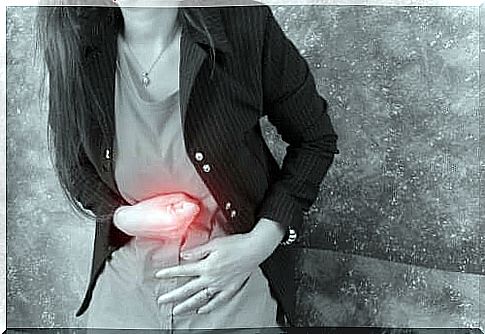
Acute pancreatitis is, as the name implies, a sudden inflammation that affects the pancreas. Typically, however, after this period of inflammation, the function of that gland is restored. Periods associated with pancreatitis occur in more cases between the ages of 50 and 70 years.
Acute pancreatitis can also affect perfectly healthy people. The most common, however, is that the pancreas becomes inflamed in cases where the patient already has a medical condition that predisposes them to inflammation of that gland. Mainly, the most common risk factors for acute pancreatitis are gallstones. In Finland, about 4,000–5,000 people get pancreatitis every year.
Another factor that can cause acute pancreatitis is the use of alcohol when consumed in large quantities or very regularly. In addition, poor nutrition and unhealthy eating habits contribute to the onset of this acute inflammation.
What is acute pancreatitis?
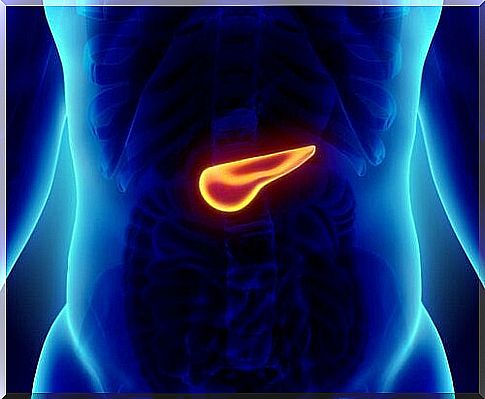
Pancreatitis, as the name implies, refers to an inflammatory condition that occurs in the pancreas. The pancreas is a gland located in the upper abdomen, just behind the stomach. It produces enzymes that promote the digestive process as well as hormones that help the body regulate the processing of sugar or glucose. It is therefore a very important gland for our vital functions, but its role is often left behind.
There are two different types of pancreatitis:
- Acute pancreatitis: Acute pancreatitis, as the name implies, occurs suddenly and usually lasts only a few days.
- Chronic pancreatitis: Unlike acute pancreatitis, chronic pancreatitis is a long-term inflammatory condition that can remain active for up to more than six months.
Acute pancreatitis can be severe, moderate, or mild depending on its effects on organ function and related complications. In general, in cases of mild to moderate pancreatitis, the inflammation usually does not result in fatal consequences among patients. However, in the case of severe acute pancreatitis, the risk increases considerably and the patient is at risk of dying from the inflammation despite treatment. Regardless of the condition of the pancreatitis, it is a serious illness that needs to be treated in a hospital.
Causes of acute pancreatitis
The main causes of acute pancreatitis are:
- Gallstones: Corresponding to about 40 percent of cases of acute pancreatitis. Although their entire mechanism is not clear, it is hypothesized that in the case of acute pancreatitis, gallstones block the pancreatic duct while causing activation of the pancreatic enzymatic process. This in turn leads to the destruction of living tissue.
- Alcohol consumption: Equivalent to about 30 percent of cases of acute pancreatitis. Regular alcohol consumption, even if moderate, can lead to chronic pancreatitis after just a few years. Of course, this is not the case for all alcohol consumers, as the development of pancreatitis is also influenced by many other factors.
- Other factors: A genetic mutation has been observed in cationic trypsinogen that causes acute pancreatitis in up to 80% of mutation carriers. In addition, acute pancreatitis is known to be a complication that occurs in approximately 5-10% of patients who have undergone endoscopic retrograde biliary and pancreatic imaging, or ERCP (endoscopic retrograde cholangiopancreatography).
Symptoms of acute pancreatitis
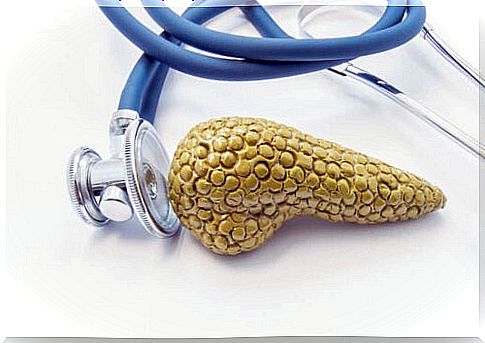
The most typical symptom of acute pancreatitis is abdominal pain. It occurs in more than 95% of cases. The pain often has a certain intensity, ranging from moderate to severe pain, which feels like a stabbing pain in the abdominal area and travels through the abdomen to the back. Being still or lying down relieves the pain only somewhat. In acute pancreatitis, the pain appears unexpectedly and suddenly, at a certain moment.
In acute pancreatitis, patients may also experience nausea and vomiting. In addition to abdominal pain, these symptoms are very common, with an estimated 80-90% of patients with acute pancreatitis suffering from nausea and / or vomiting. Vomiting usually contains food debris at first, but continues to turn into bile or watery vomiting. Often, a patient with acute pancreatitis may also experience bloating or fever.
In some cases, the patient may also experience other symptoms, such as difficulty breathing or impaired kidney function. In addition, the patient may experience heart failure, low blood pressure, and even a disorder affecting mental health. In mild pancreatitis, the pain is much more moderate in most cases, so other symptoms may go unnoticed.
Treatment of acute pancreatitis
Typically, the symptoms of acute pancreatitis should always be treated in a hospital. Your doctor can usually detect pancreatitis with fairly simple blood and urine tests. Sometimes the condition of the pancreas can also be examined using computer layer imaging.
First of all, the doctor puts the patient on a fast for either one or two days. When the inflammation subsides, the patient is given food in liquid form, followed by a transition to a diet that includes soft foods. Pain caused by inflammation is treated with painkillers prescribed by a doctor on a patient-by-patient basis. In addition, the patient is given intravenous fluids that prevent the body from drying out.
After this treatment, your doctor will start special treatment for each patient, depending on the causes of the pancreatitis. This may include emptying the bile ducts, cutting the gallbladder or cutting the pancreas. In the case of heavy alcohol consumption, the patient may be referred for discontinuation therapy. The patient’s condition is closely monitored so that any complications and exacerbations associated with pancreatitis can be detected in a timely manner.
In addition, it is recommended that a person who has recovered from pancreatitis follow a low-fat and healthy diet rich in fluids in the months after the inflammation . In addition, it is appropriate to stop using alcohol and avoid smoking. In most cases, acute mild pancreatitis heals in a week or two.
The prognosis of acute pancreatitis always depends on the severity of the inflammation. In particular, cases are very serious where the affected person is over 60 years of age, has other health problems, suffers from obesity, has symptoms of hypovolaemia, systemic inflammatory syndrome and / or pleural effusion, or shows signs of mood changes.


